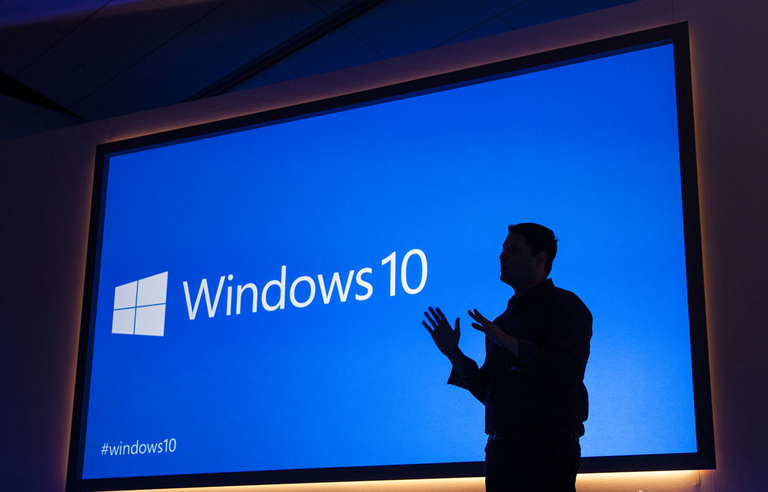Qualcomm's Snapdragon was the hero of the smartphone era. However, Qualcomm does not seem to have finished the game with a smartphone alone. Qualcomm is now looking at laptops. Qualcomm presented a Windows 10 laptop with its Snapdragon 835 chipset at Computex 2017 in Taiwan. In the fall this year, HP, Lenovo and Asus will show off their laptops with Snapdragon 835 chipsets. I chose five reasons why Snapdragon laptop is expected.
<<
>>1. Always-connected Internet

Most laptops are generally designed with Wi-Fi network. Although some LTE-enabled laptops are available, you will need to pay more to get an additional LTE-enabled chip. In addition, since it is linked with the chipset separately, the Internet is inevitably disconnected during standby.
Snapdragon 835, however, is integrated with Gigabyte X16 LTE. Because it is a system-on-chip type, it is always connected to the Internet. Even when you're on standby, you'll be connected to the Internet to sync your data and update your app. It also has the advantage of being able to keep standby like a smartphone without turning off the power. The Snapdragon laptop is activated from standby to instant-on, and you can access the Internet immediately. The mobile processor is designed to be based on the always on and always on Internet, so the standby time is much longer than the other laptops. According to Qualcomm, it will support 4 to 5 times longer standby time than regular laptops.
2. Enhanced Battery

It was designed with the Big-Little architecture. The Big-Little architecture is designed to drive four cores of eight cores with high performance and other four cores with low power to efficiently drive cores as needed. Therefore, the battery time can be maximized. Also, because Snapdragon 835 itself is small and the board is smaller, the remaining space can be filled with batteries. Qualcomm claims that it is possible to increase the battery capacity by more than 50% with the same weight. Finally, since it supports QuickCharge 4.0, it is possible to use the technology of 5 minutes of charging with USB-type C for 5 hours.
3. Smaller and lighter design

It is really hard for most 13-inch laptops to escape from the weight from 700g to 1kg because of the chipset, main board, and battery. However, Qualcomm Snapdragon 835 is a chipset with a 10 nm process and is very small. Manufacturers can design the PCB to be smaller from 20% to 30%. In addition, this processor includes Gigabyte LTE, GPS, and Wi-Fi parts in a single chip, so it enables smaller and thinner designs. At the end of the year, the recordings of the lightest and thinnest laptops are expected to change.
Unfortunately, there is a problem even on this processor looking perfect. It is performance. According to Qualcomm, the performance of the Snapdragon 835 will be similar to that of the Intel Y series. Intel Y-Series processors are low-power mobile processors, typically with Intel Core M processors. The Core M processors are chipsets for 2-in-1 laptops and fan-less laptops and you can think that the performance will be similar with the existing laptops which are very light but has not so good performance.
Snapdragon is a chipset designed for low power mobile devices. Especially Snapdragon 835 is designed with a 10nm process to minimize heat generation and thus it is possible to design fan-less models (laptops without cooling fan). Fan-less laptops can make laptops lighter and thinner.
4. The laptops will do everything in Windows 10

A few years ago, Microsoft had released Surface RT with Windows RT. The result was not good. Therefore, you may be skeptical about a laptop with a ARM-based processor. However, Snapdragon laptops are a little different. The Qualcomm Snapdragon 835 is the only ARM processor to pass the Windows 10 certification. Snapdragon 835 runs Win32 programs run using the X86 emulation engine. Therefore, all Windows compatible software such as Microsoft Office Word, PowerPoint, Photoshop and Illustrator works expectedly.
Surface RT did not support Windows 8, but instead had support for a mobile OS called Windows RT and had a major weakness in compatibility. Snapdragon laptops, on the other hand, fully support Windows 10 to solve compatibility problems. Mobile processor-based laptops that have addressed compatibility issues have a much greater advantage than disadvantages. If there is not really a significant problem in performance, a product that might shake the history of the laptop might be born.
References:
That's great news thanks NB-IoT 5G : LPWA